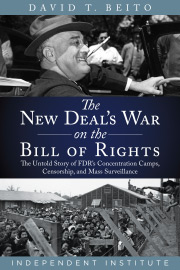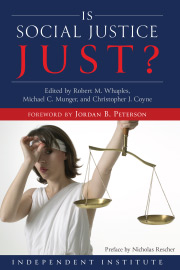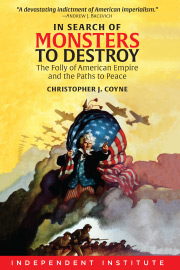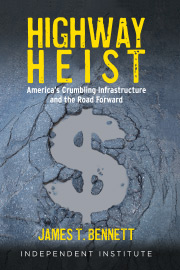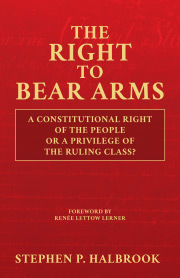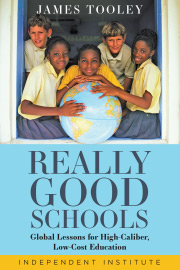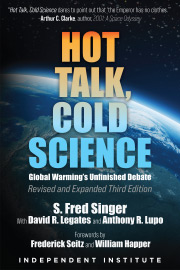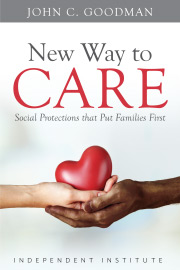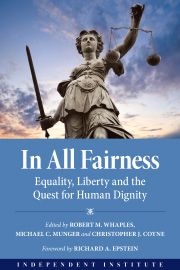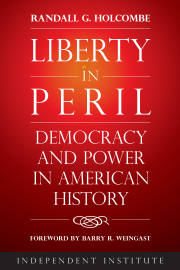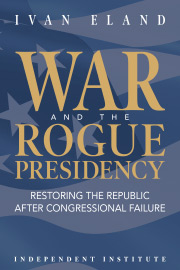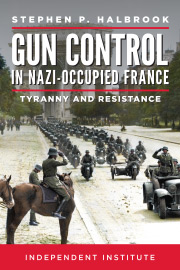Crisis in Ukraine, Lessons from Stalin and Russia’s Past
As Putin’s columns move into Ukraine, some background on Russia’s relations with that nation may prove helpful.
In the winter of 1932, Robert Conquest outlines in Harvest of Sorrow: Soviet Collectivization and the Terror Famine, Soviet dictator Josef Stalin set impossibly high grain quotas and blocked all assistance from the outside. As a result, millions of people starved to death, with a high body count in Ukraine.
“I saw the ravages of the famine of 1932-33 in the Ukraine,” writes Arthur Koestler in his contribution to The God That Failed. “Hordes of families in rags begging at the railway station,” and starving children “with drumstick limbs.” Koestler was told that “these were kulaks who had resisted the collectivization of the land,” an explanation that showed up in I Change Worlds: The Remaking of an American, by American writer Anna Louise Strong.
The kulaks were independent farmers and Stalin set out to abolish them “as a class.” His planned famine was a means to that end. Still, for Strong, “Stalin had merely authorized what farmhands were already instinctively doing.” The Guardian’s Moscow correspondent Malcolm Muggeridge decided to look for himself.
In Muggeridge’s memoir Chronicles of Wasted Time: An Autobiography, he describes skeletal Ukrainians begging for crumbs and police herding people into railway cars. At the same time, Muggeridge recalled that Walter Duranty of the New York Times denied any famine. In Duranty’s accounts, which won a Pulitzer Prize, the Ukrainians were well-fed and happy and Stalin’s collectivization campaign was a great success. See Stalin’s Apologist: Walter Duranty: The New York Times’s Man in Moscow, by S. J. Taylor.
As the Black Book of Communism: Crimes, Terror, Repression explains, Stalin’s rule claimed some 20 million lives. See also The Great Terror: A Reassessment, by Robert Conquest, one of the first to run the numbers on Stalin’s victims.
Russian ruler Vladimir Putin, a former KGB man, regards Stalin as an “effective manager” and has steadily boosted his reputation. Russia’s Stalin Center presents a positive view of the Soviet dictator, who died on March 5, 1953.
Last year, Vladimir Putin promoted a measure to ban people from comparing Stalin and Hitler. According to Putin, the “excessive demonization” of Stalin “is one means of attacking the Soviet Union and Russia.” Russian officials described the Soviet army as a “liberator and therefore a benefactor of Europe.” This characterization ignores a few historical realities.
In August of 1939, Stalin signed a pact with Hitler. The following month, both the USSR and Nazi Germany invaded Poland, effectively starting World War II. For details, see Bloodlands: Europe Between Hitler and Stalin, by Timothy Snyder.
In November 1939, Stalin invaded Finland, a nation that posed no threat to the USSR. Ukraine poses no threat to Russia, the largest nation on Earth, with a vast nuclear arsenal and massive conventional forces. If Ukrainians regard the current invasion of their country as an essentially Stalinist action, it would be hard to blame them.
